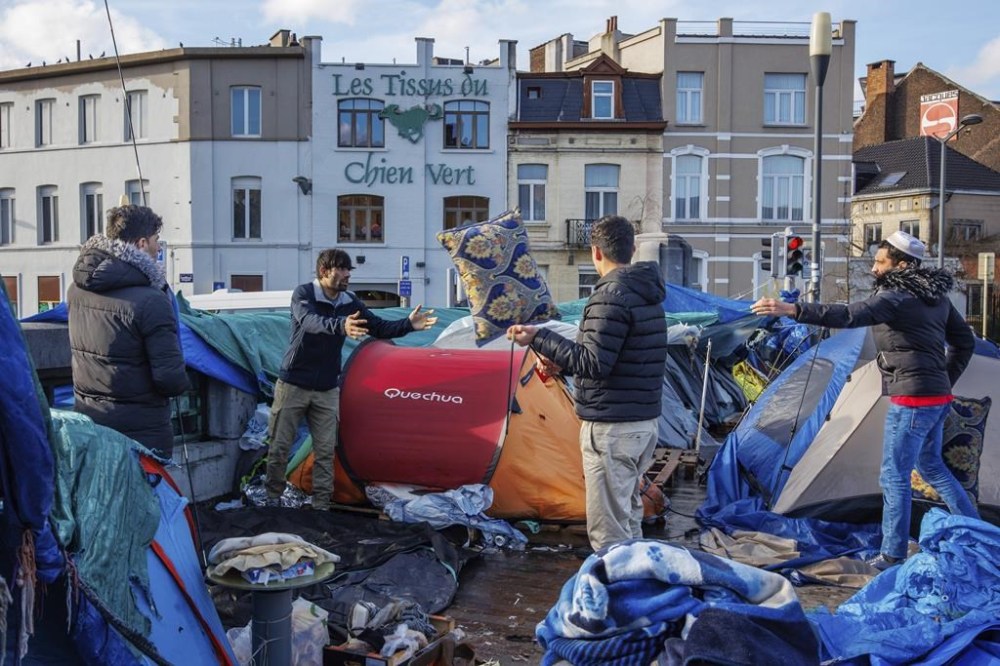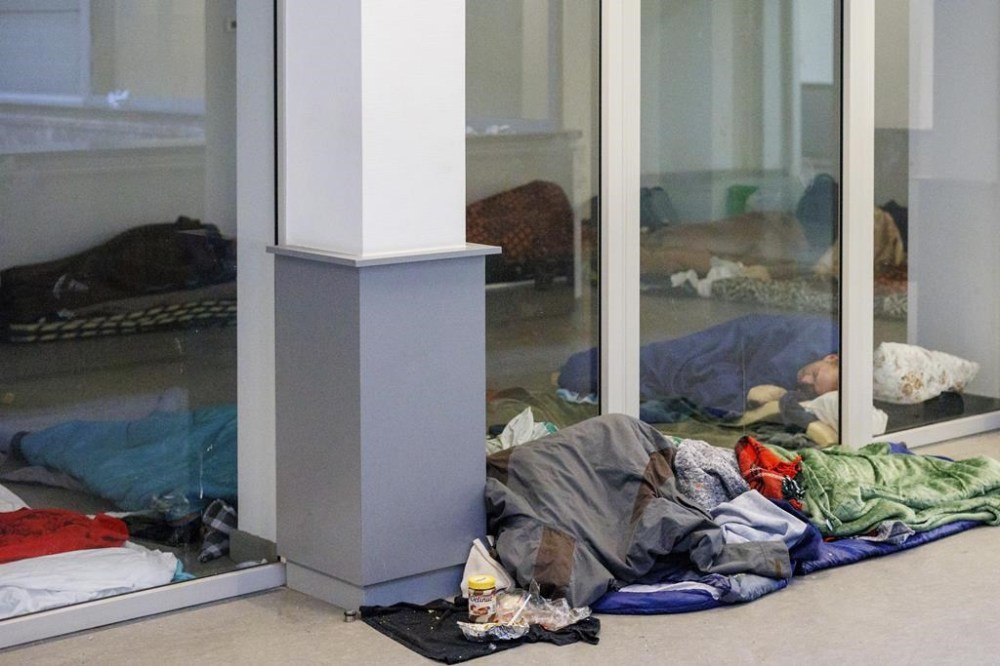Asylum applications in the European Union continue to rise after a major hike last year
Advertisement
Read this article for free:
or
Already have an account? Log in here »
To continue reading, please subscribe:
Monthly Digital Subscription
$1 per week for 24 weeks*
- Enjoy unlimited reading on winnipegfreepress.com
- Read the E-Edition, our digital replica newspaper
- Access News Break, our award-winning app
- Play interactive puzzles
*Billed as $4.00 plus GST every four weeks. After 24 weeks, price increases to the regular rate of $19.00 plus GST every four weeks. Offer available to new and qualified returning subscribers only. Cancel any time.
Monthly Digital Subscription
$4.75/week*
- Enjoy unlimited reading on winnipegfreepress.com
- Read the E-Edition, our digital replica newspaper
- Access News Break, our award-winning app
- Play interactive puzzles
*Billed as $19 plus GST every four weeks. Cancel any time.
To continue reading, please subscribe:
Add Free Press access to your Brandon Sun subscription for only an additional
$1 for the first 4 weeks*
*Your next subscription payment will increase by $1.00 and you will be charged $16.99 plus GST for four weeks. After four weeks, your payment will increase to $23.99 plus GST every four weeks.
Read unlimited articles for free today:
or
Already have an account? Log in here »
Hey there, time traveller!
This article was published 05/09/2023 (784 days ago), so information in it may no longer be current.
BRUSSELS (AP) — Asylum applications in the European Union continued to rise in the first half of 2023 following a major hike last year, pressuring limited hosting capacities and moving the issue up the political agenda in many nations.
The European Union Agency for Asylum said applications in the 27-nation bloc plus Switzerland and Norway rose 28% in the first half of the year compared to the same period last year. In all of 2022, applications increased 53%.
“Based on current trends, applications could exceed 1 million by the end of 2023” in the region of about 460 million people, the agency said in a statement.

The numbers are in addition to people fleeing the war in Ukraine, who are estimated at about 4 million and are hosted under temporary protection provisions.
Syrians fleeing unrest and violence at home were the biggest group seeking asylum in the first half of the year, totaling 67,000, an increase of 47% from a year earlier.
The rise in applications is putting greater pressure on hosting facilities, as is evident from the increase in cases awaiting a ruling, which rose by 34%.
Based on initial decisions, 41% of applicants receive refugee status or another kind of protection. What happens to those who are rejected but do not leave the bloc is an increasingly difficult political issue.
The increase of asylum seekers and other migrants is an increasingly divisive issue in many European nations, pitting those who say that more should be turned away at borders against those who feel the continent should continue to welcome those fleeing persecution.
Last week, the Belgian government said it will no longer provide shelter for single men seeking asylum, arguing that its insufficient hosting capacity should prioritize families, women and children. The 46-nation Council of Europe, the continent’s most important human rights organization, and aid groups condemned the move as reneging on international commitments.

Last month, the issue of reining in migration was the final stumbling block that brought down the Dutch government, exposing deep ideological differences within a politically splintered nation.
The EU is equally split on the issue and never fully got to grips with a solution after well over 1 million migrants entered Europe in 2015, sparking one of the bloc’s biggest crises.

